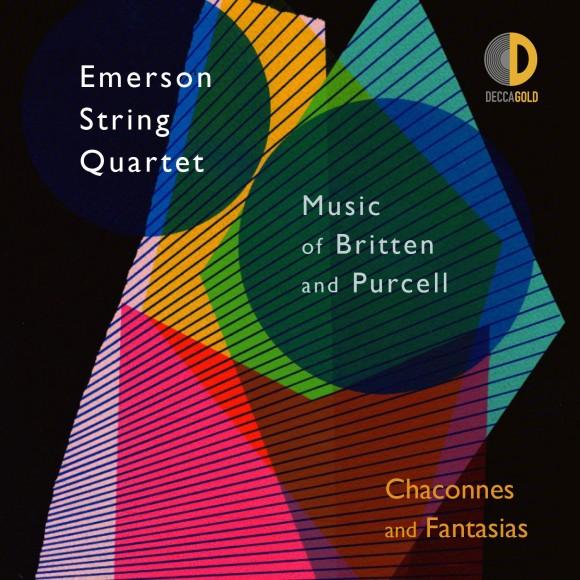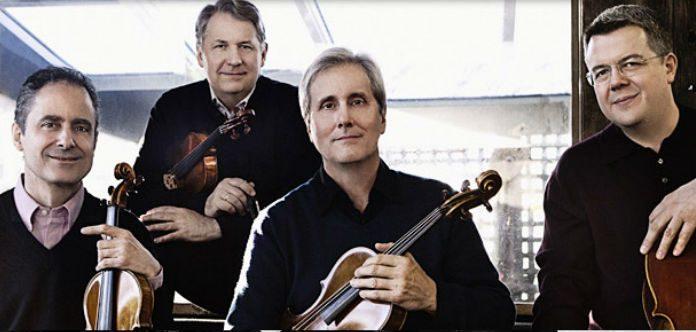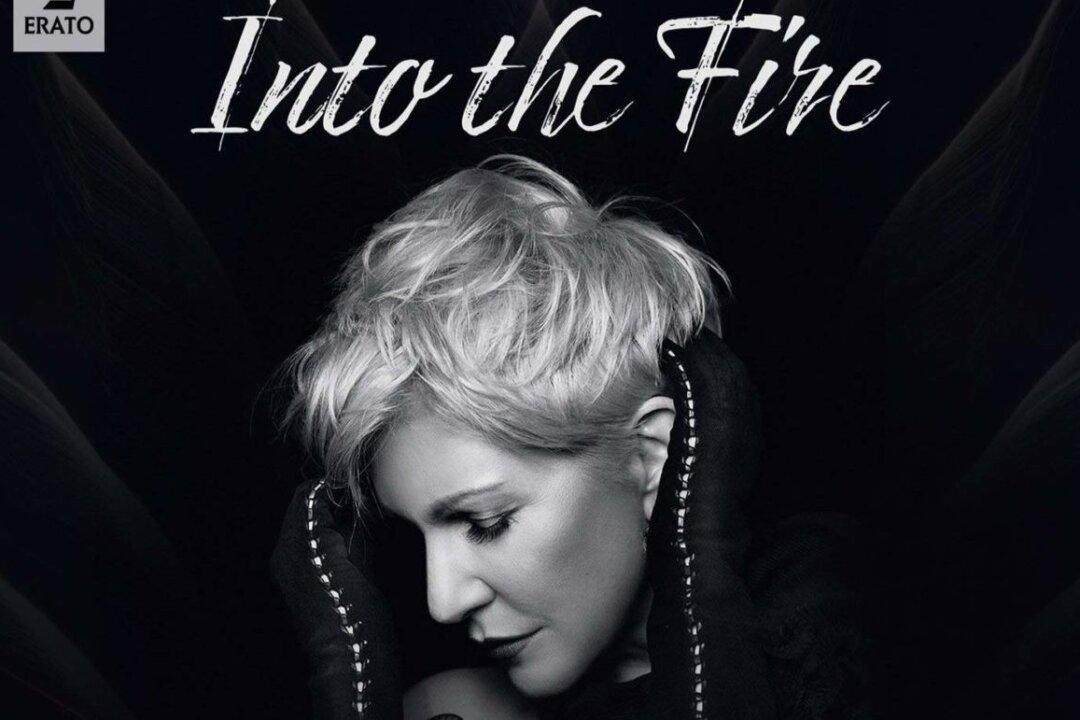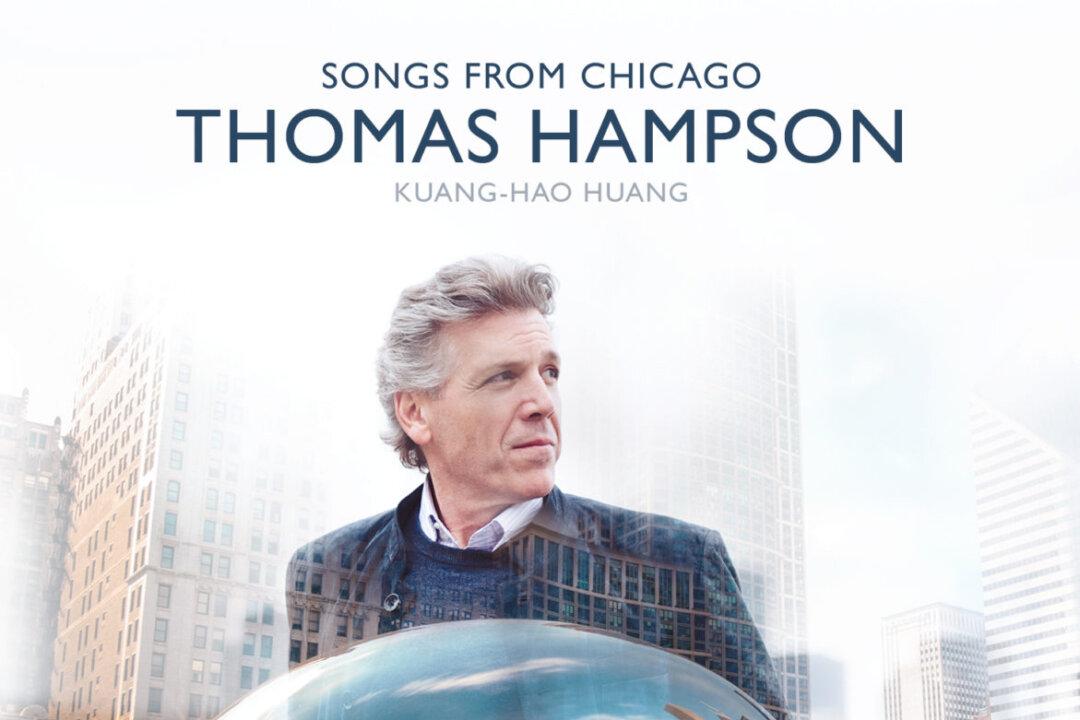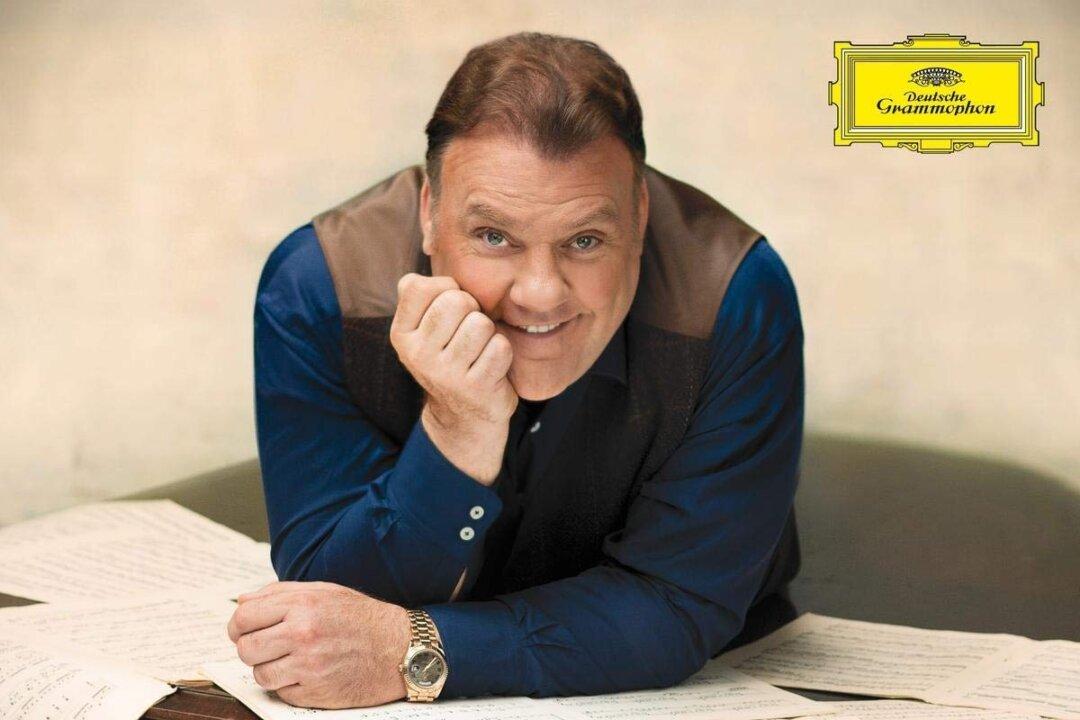The Emerson String Quartet is in the midst of its 40th anniversary season, and the group is marking the occasion with, among other events, a new CD and an upcoming concert at Carnegie Hall.
The group’s members are Eugene Drucker and Philip Setzer on violins, Lawrence Dutton on viola and Paul Watkins on cello. Watkins, a well-known soloist, conductor and chamber musician, joined in 2013, when he replaced cellist David Finckel.
The Quartet has received numerous awards over the years, including nine Grammy Awards, the Avery Fisher Prize and has been named Musical America’s “Ensemble of the Year.”
The new CD may be considered a tip of the hat to Watkins, who comes from the British Isles. The CD is titled “Chaconnes and Fantasias: Music of Britten and Purcell” (on Decca Gold).
The two leading British composers of their respective times lived three centuries apart—Henry Purcell from 1659 to 1695 and Britten from 1913 to 1976. The 20th century composer was an avowed admirer of Purcell and famously incorporated his music into his popular work, “The Young Person’s Guide to the Orchestra,” Opus 34 (1946).
The album begins with Purcell’s “Chacony in G Minor, Z 730” in an arrangement by Britten (who also wrote an arrangement of the piece for string orchestra). The genesis of the work is unknown and even the title is mysterious. Why, for example, did Purcell call it a “chacony” and not a chaconne? The 18 variations on an 8-bar theme are stately, with a hint of melancholy.
